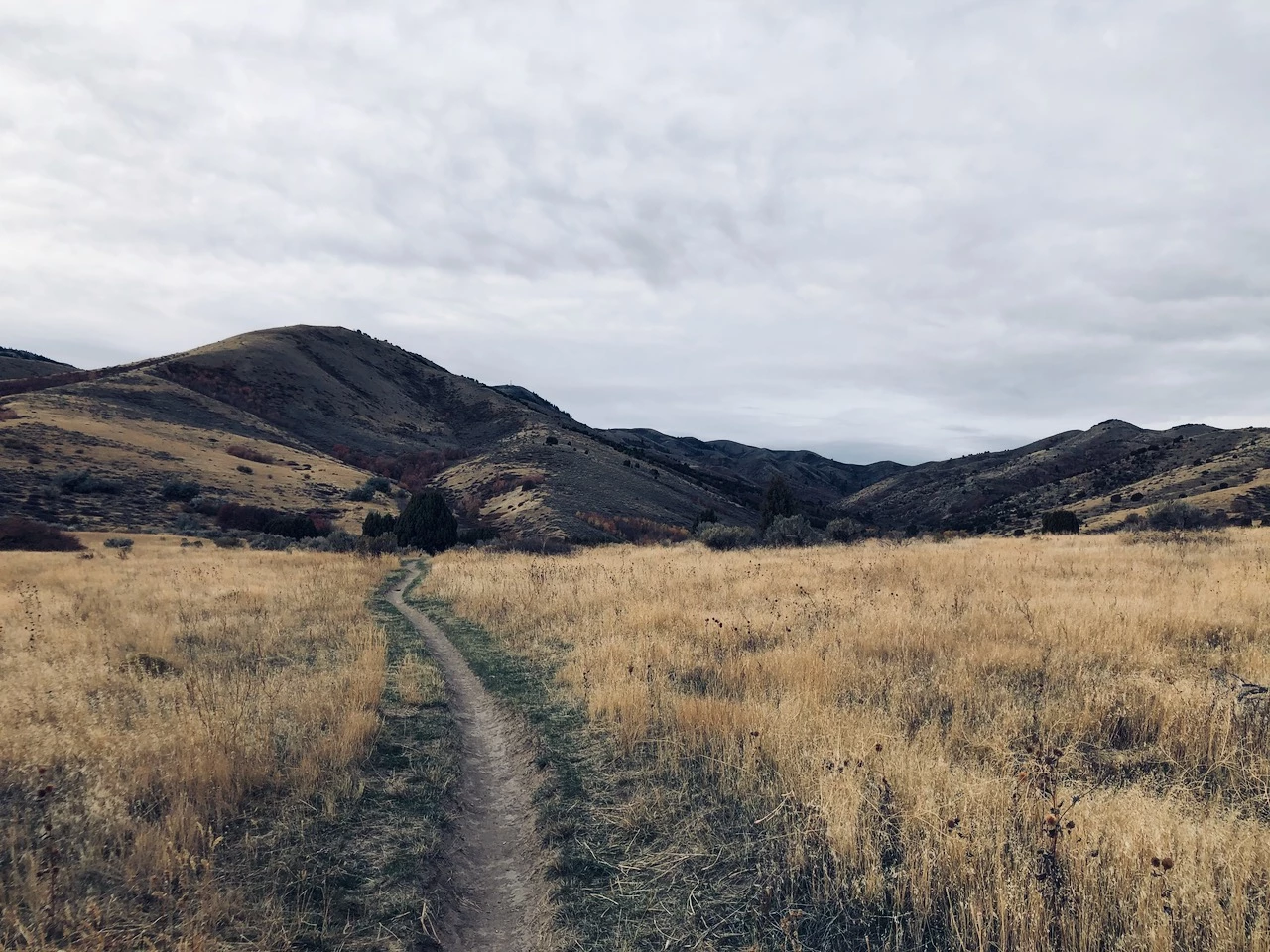In the official CWOPS Beginner Book, session 11 is divided into copying segments:
[Your callsign] de k6rb
ur rst 579 nr sf name rob hw?[Your callsign] de k6rb k
[Your callsign] de n3jt ur rst is 5nn <bt>
qth mclean va ? Mclean va <bt>
op is jim de n3jt[Your callsign] de w1rm <bt>
ur rst 569 569 in ct name is pete bk
and sending segments:
k6rb de [Your callsign]
ur rst 57n in [your city and ST]
name is [your name]
btu k6rb de [Your callsign] kn3jt de [Your callsign]
ur rst 56n in [your city + ST]
name is [your name]
n3jt de [Your callsign] kw1rm de [Your callsign]
ur rst 45n wid QRN in [your city + ST]
name is [your name]
w1rm de [Your callsign] k
Welcome, Session 01, 02, 03, 04, 05, 06, 07, 08, 09, 10, 11, 12, 13, 14, 15, 16
For this class’ bonus homework:
1) Fill out your QSO reference sheet. This is intended to stay with you as a handy aid so you don’t need to compose on the fly (yet). For Session 11, be prepared to send your call sign, RST (599 is fine for now), name, and home location (QTH). Next session, we’ll add weather, rig, and (instead of age) the year you became a ham.
2) From an event this weekend, either identify three stations calling CQ by listening to your radio or an SDR (see below) or make one on-air contact. Here are two events you can try:
K1USN SST – 17:00 – 18:00 PDT Sunday on 20m (14.032-14.039), 40m (7.032-7.039) and 80m (3.532 – 3.539). This is intended to be a beginner event. Don’t be afraid to send QRS (“please slow down”) if necessary. They will slow down to you.
Look for someone “running” a frequency (where they stay in one spot and people “search and pounce” contacts for them), and try to gather the information from them before you call. When they call CQ next, you might hear this sequence (Them, You, translation):
CQ SST K1USN (Translation: “Calling anyone participating in SST, this is K1USN, anyone there?”)
If Paul were on, he would respond with his call sign: W7PEZ
If K1USN hears you and wants to reply, they will send back: W7PEZ HAROLD MA (Hi, W7PEZ, I am Harold from Massachusetts)
TU PAUL WA (Thank you, I am Paul, from Washington state)
GL PAUL TU K1USN SST (Good luck, Paul, and thank you. This is K1USN calling for anyone participating on SST.)
Arizona QSO Party – Operators will probably be going 18-20 words per minute, some faster, some slower. The good news is the exchange is simple enough that you can CW-stalk someone running, get the essential information, and then be prepared to send.
CQ AZQP K7ZZ (“Calling anyone participating in the Arizona QSO Party, this is K7ZZ”)
WS6Y
WS6Y 5NN MCP (Hi, WS6Y, Your RST is 599, I am in MariCoPa county (MCP)) (The county list is here.)
Since Bill is also in Arizona, he will: TU 5NN MHV (Thank you, your RST is 599, I am in Mojave County)
TU K7ZZ (Thank you. This is K7ZZ.)If Ross were participating, he would simply send TU 5NN CA (Thank you, I from California) because they only want counties if in Arizona.
This weekend also has events for Nevada, Pennsylvania, and South Dakota. The exchanges will be slightly different. A nice general calendar is this one.
Web SDRs
If you want to listen (with headphones) at work or are having difficulty picking up anything, there are online SDR (software defined radios) you can tune and listen to:
- Milford, PA: http://websdr.k3fef.com:8901/
- Birmingham, AL: http://n4dkd.asuscomm.com:8901/
- Half Moon Bay, CA: http://69.27.184.62:8901/
- Milford, PA: http://k3fef.com:8901/
- Northern UT: http://www.sdrutah.org/ (there are four servers)
- Sedona, AZ: http://w7rna.dyndns-remote.com:8901/
- Washington, DC: http://na5b.com:8901/
The screens are daunting and have different layouts for each one, but the most important settings are enumerated below:
1) Waterfall of the spectrum – brighter lines represent signals. You can zoom in/out and pan around to focus on the specific area of the band. For example, for 20M, you might watch 14025 – 14045. The red box represents where I am currently tuned. You can see a strong, narrow signal.
2) Frequency selection – This is the most precise. On some sites, you can click the mouse and use its scroll wheel. Typically, CW frequencies will fall on 50Hz intervals, but adjustments slightly off may be easier to copy.
3) Band – A quick way to select frequency; sometimes these will have a mode (Choose CW)
4) Bandwidth – This lets you limit how wide a chunk you are listening to. When starting out with CW, it is helpful to choose “CW nrw” (narrow) so you will hear a specific caller.
In the screen capture below (Ulvila, FI), I have set it up to listen to CW on the 20M band at 14037kHz with a narrow CW filter. F6HKA is currently calling CQ CWT.
